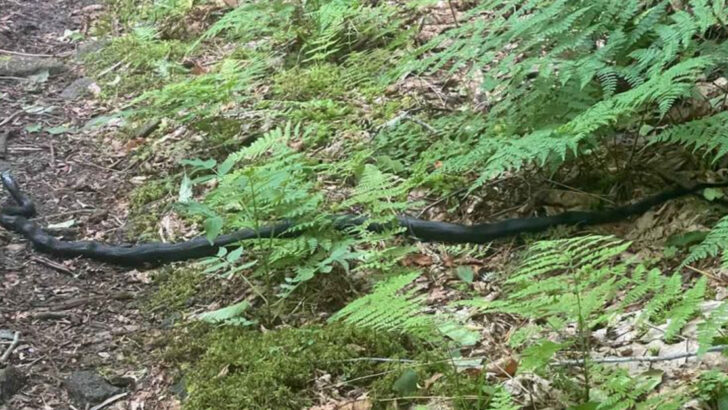Some trails come with scenic views. These come with snakes. Lots of them. In the sun-soaked hills and humid woodlands of the Southern U.S., certain hiking paths are more than just peaceful escapes—they’re prime serpent territory. From copperheads lurking under fallen leaves to cottonmouths slithering near swampy edges, these trails demand more than just sturdy boots. But it’s not all danger and dread. These reptiles aren’t out to get you—they’re part of the wild drama that makes these regions so alive. You just need to know where you’re stepping. Ready to lace up and learn where to tread carefully? Here are the 10 most snake-infested hiking trails in the South, where beauty and bite walk hand in hand.
Everglades National Park, Florida
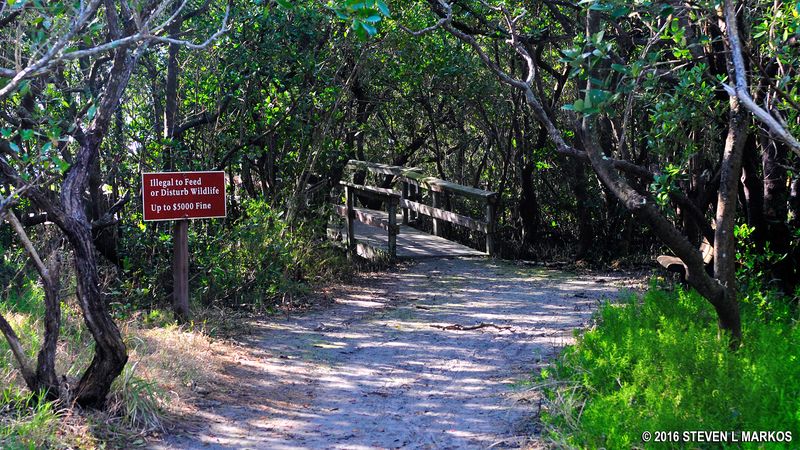
In the vast, humid reaches of Everglades National Park, snakes are as common as the skies are blue. This trail is home to both venomous and non-venomous species, including the iconic eastern diamondback rattlesnake. Hikers might spot snakes slithering across paths or basking in the sun.
The park’s wetlands provide a lush habitat for these reptiles, making encounters likely. Walking here means stepping into a dynamic ecosystem where snakes play a vital role. Keep your eyes peeled and tread carefully. It’s a place where nature’s balance is both visible and intriguing.
Big Bend National Park, Texas
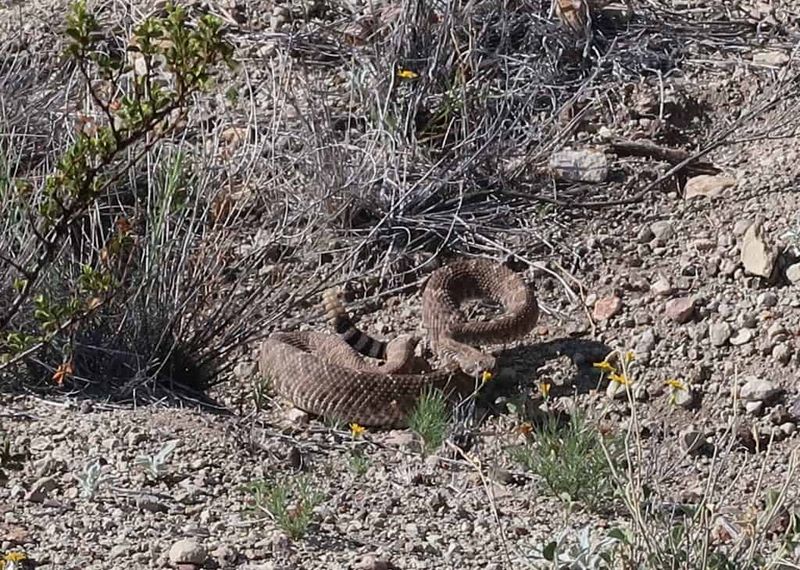
The rugged terrain of Big Bend National Park is a haven for rattlesnakes, especially the western diamondback. Here, the arid landscape meets the Rio Grande, creating a diverse environment that snakes thrive in.
Hiking these trails means sharing space with these elusive reptiles. While they avoid humans, their presence is a constant reminder of nature’s wild side. Rattlesnakes here are masters of camouflage, blending seamlessly with the rocky ground.
Visitors are advised to stay alert and respect the natural inhabitants of this dramatic, snake-rich territory.
Great Smoky Mountains National Park, Tennessee
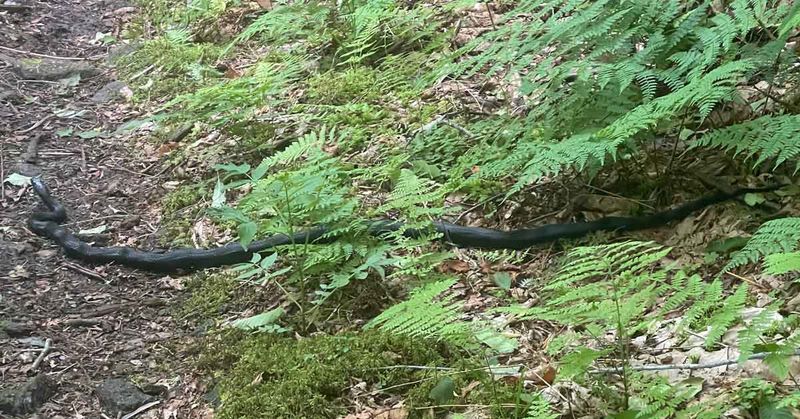
The mist-laden trails of the Great Smoky Mountains are not just beautiful but also habitats for the copperhead snake. These snakes are known for their distinct patterns and can often be seen on warm rocks.
Here, the forest is alive with biodiversity, and snakes are a crucial part of it. Trekkers might come across these reptiles as they explore the park’s pathways.
While generally shy, copperheads are part of what makes this park a natural wonder. Observing them in their element is a reminder of the wild beauty and diversity of this region.
Congaree National Park, South Carolina
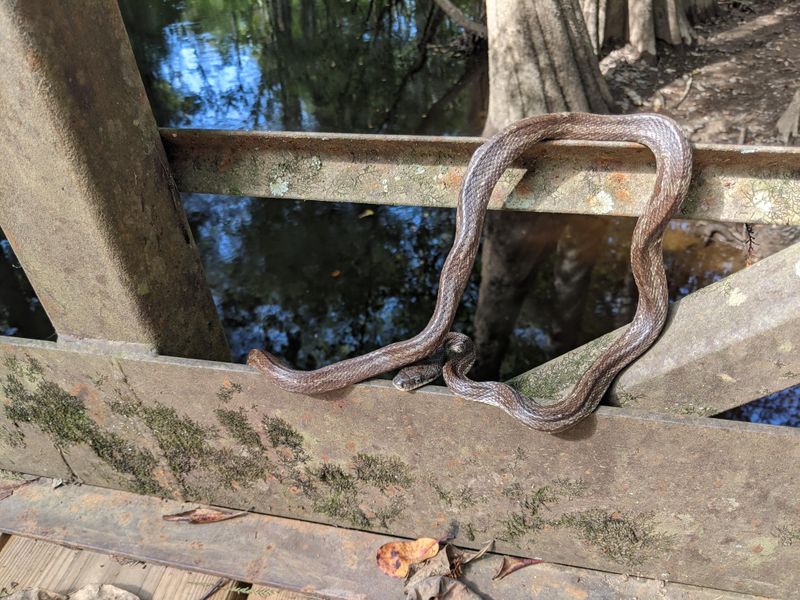
Congaree National Park offers a unique ecosystem where snakes, like the elusive coral snake, thrive. These colorful yet venomous creatures are part of the park’s vibrant wildlife tapestry.
The park is a dense, floodplain forest, providing ample shelter for snakes. Visitors might spot them weaving through the underbrush or sunning themselves in dappled light.
It’s a realm of towering trees and hidden wonders, where snakes play a vital ecological role. Being aware of their presence enhances the adventure, offering a glimpse into the life of these fascinating creatures.
Ozark National Forest, Arkansas
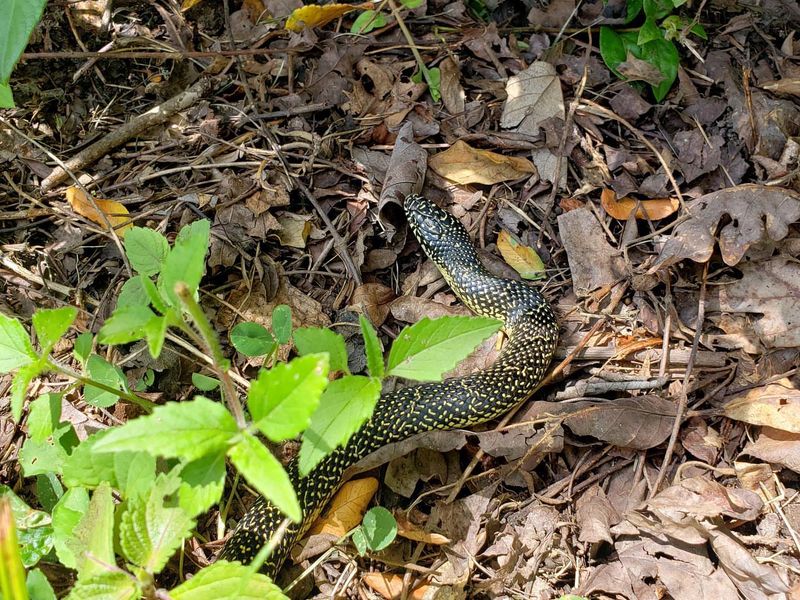
In the heart of Arkansas, Ozark National Forest is home to the timber rattlesnake, a creature of stealth and solitude. This forest trail offers a mix of dense woods and open clearings.
The cool, shaded paths are often frequented by snakes moving among the leaf litter. Hikers must tread carefully, appreciating the natural beauty while being mindful of their snake neighbors.
The forest’s tranquility hides a rich tapestry of life, where snakes contribute to the ecological balance. Observing them in their natural habitat is both a thrill and educational experience.
Shenandoah National Park, Virginia
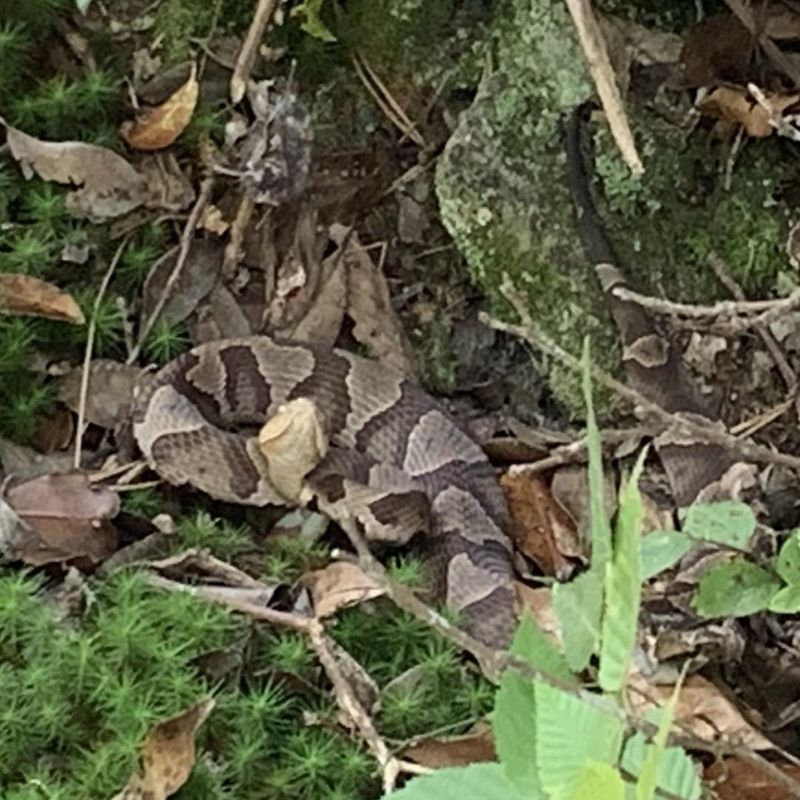
Shenandoah National Park, with its sweeping vistas and towering trees, houses the non-venomous black rat snake. These snakes are often seen basking on rocks or climbing trees along the trails.
The park’s diverse environment supports a variety of wildlife, with snakes being integral to the food web. Hikers might spot these reptiles during their treks, adding a layer of excitement to the journey.
Shenandoah is a place of natural beauty, where every turn offers a new discovery. The presence of snakes highlights the park’s rich biodiversity and ecological significance.
Natchez Trace Parkway, Mississippi

The historic Natchez Trace Parkway is a corridor of both nature and history, where king snakes are a common sight. These non-venomous snakes are known for their striking patterns and gentle nature.
The trails here offer a glimpse into the past, winding through varied landscapes where snakes roam freely. Travellers often encounter these reptiles while exploring the scenic routes.
Amidst the historical backdrop, the presence of snakes adds to the parkway’s mystique, weaving a story of nature’s continuity. It’s a journey through time and terrain, enriched by the diversity of its wildlife.
Okefenokee Swamp, Georgia
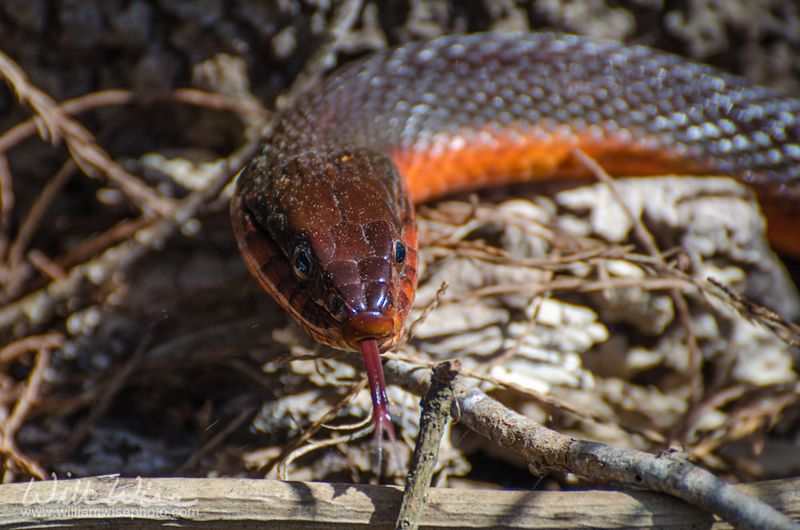
The Okefenokee Swamp is a mesmerizing expanse where the cottonmouth snake thrives, often seen gliding through the water. This trail is a mix of mystery and beauty, with a rich array of habitats.
Visitors might catch a glimpse of snakes weaving between cypress roots or sunning on banks. The swamp is a living tapestry, where snakes play a crucial role in maintaining the ecosystem.
Treading these trails offers a chance to connect with nature’s wilder side, where every rustle hints at the presence of these captivating reptiles.
Gulf Islands National Seashore, Mississippi
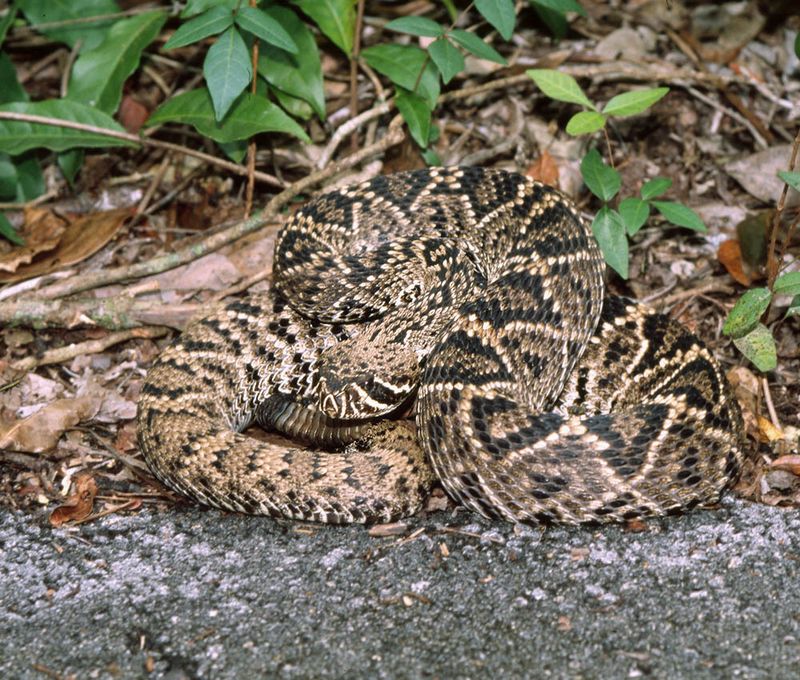
Gulf Islands National Seashore is a coastal treasure, home to the unassuming garter snake. These snakes are often spotted along sandy paths and dune landscapes.
The seashore’s habitats are diverse, supporting a wide range of wildlife. Snakes are part of this vibrant ecosystem, contributing to its ecological balance.
Walking these trails means encountering a mix of coastal beauty and wildlife intrigue. The presence of snakes adds to the allure, offering a glimpse into the seashore’s dynamic life, where sea meets land in a dance of nature.
Chattahoochee National Forest, Georgia
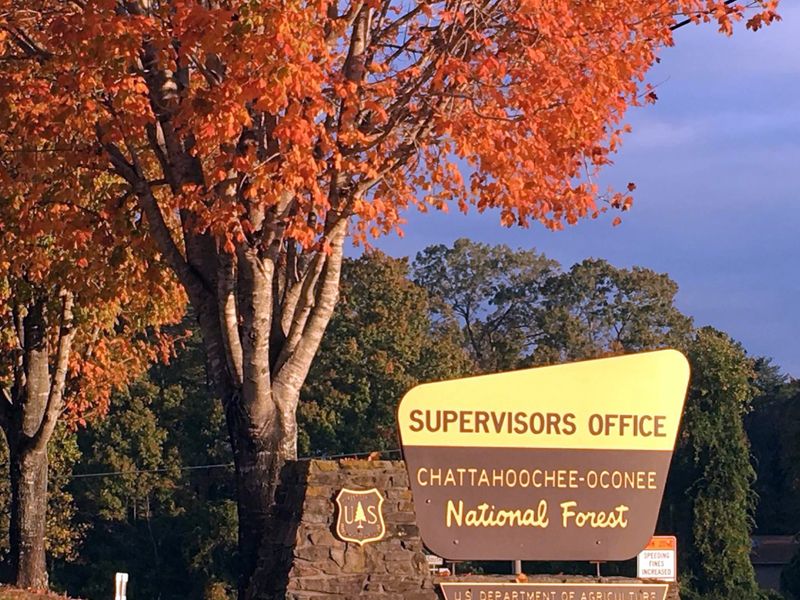
Nestled in the rolling hills of northern Georgia, Chattahoochee National Forest is a picturesque escape for nature lovers. Yet, beneath the vibrant foliage lies a thriving snake habitat. From the elusive timber rattlesnake to the stealthy copperhead, these creatures thrive in the dense forest.
The trails wind through a landscape rich with biodiversity, offering hikers both scenic views and thrilling encounters. As you tread these paths, keep an eye out for movement among the leaves.
Did you know? The forest’s name comes from a Cherokee word meaning “painted rock,” reflecting its colorful history and terrain.

